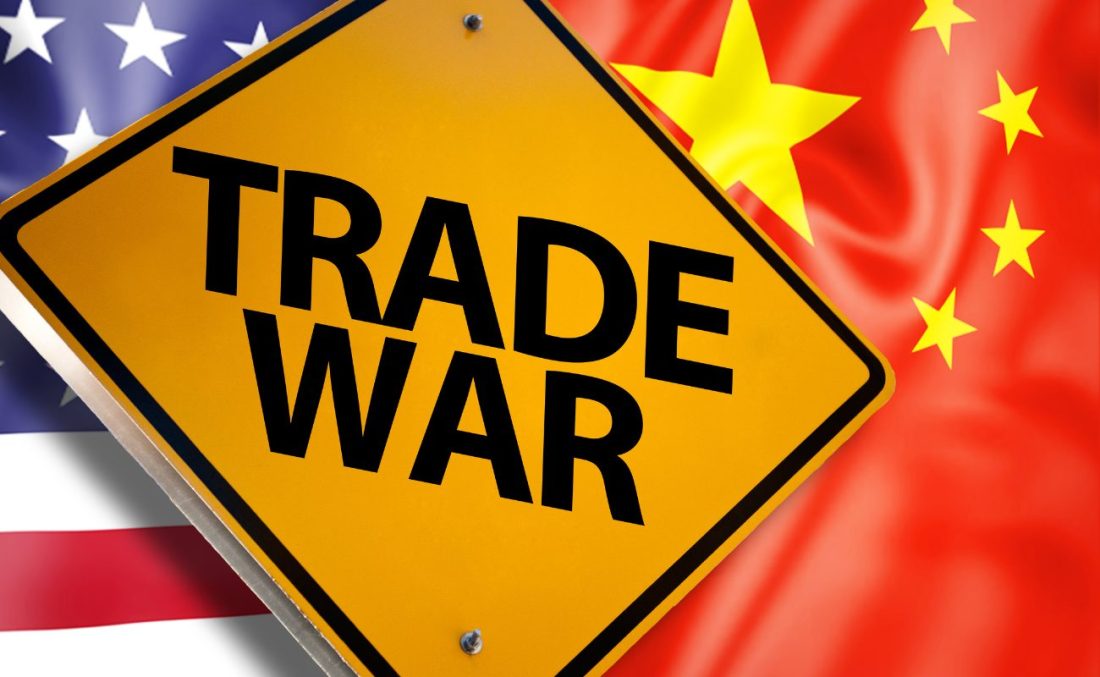China trade war – No worries
August 9, 2019

We have all heard that Trump has now ordered new tariffs of 10% on about $300 billion of goods for September. And yes, this means whatever it is you are importing will be affected.
Gone are the leisurely days of operating in a predictable environment. Remember when you could quietly focus on your product, on your business, on your market, on development and new ideas? It’s over. Stability is no longer part of the equation, get used to it.
So, what’s the latest? Negotiations resumed; this amounted to a working dinner on Tuesday July 30th in Shanghai and a half-day meeting on Wednesday, before Robert Lighthizer and Steven Mnuchin flew out. The next meeting is supposed to be in September: neither side seems to be in much of a hurry, as expected.
“Both sides, according to the consensus reached by the two leaders in Osaka, had a candid, highly effective, constructive and deep exchange on major trade and economic issues of mutual interest,”China’s Commerce Ministry said.
Highly effective sounds good but, as it turned out, not effective enough: the slow progress made Trump impatient, so he overruled his advisers and issued his $300 billion threat. A cascade of events followed: the RMB weakened, it passed the sensitive 7/1 mark. China was labeled a “currency manipulator.” The stock market dropped dramatically, etc.
Watching the China trade war unfold is like having a lot of money invested in stocks: you find yourself glued to stock market news and your blood pressure goes up every time the market goes down. Which happens regularly.
The atmosphere of uncertainty creates FOMO (“Fear of missing out”) for many business leaders. They feel compelled to keep up with the news. Did you see the latest New York Times article? How about the Wall Street Journal? Did you read the latest from Reuters? Did you study the Bloomberg analysis? How about The Economist? Maybe you should read the South China Morning Post? Are you paying attention to Xinhua? Can you tell which is fake news? There is so much material published every day about the China trade war, there are so many opinions, so many dire pronouncements that it is hard to keep up – and it is very time consuming.
Worse, it is hard to stay cool about it. Reading these news causes your cortisol levels go up, and you become overly anxious and distracted. This is just not a good way to invest your precious time.
So don’t do it.
The fact is: worrying does not help. Either you can do something about your company’s exposure to China trade, or not. If you can, take action. If not: no point worrying.
As addressed before here and here, it is up the US and China to confront the realities of a trade war and evaluate the impact on their respective economies and, especially, on the plans and ambitions of their leaders. And act accordingly. There are solutions, and there are timetables. And there is also the three Ps: Politics, Posturing and Pig-headedness. Even if your name is Tim Cook, there is probably not much you can do about it.
What you can control is your own peace of mind. To do this, importers should focus on the dynamics of business continuity and address three questions:
- Do we have a well-managed China supply chain? Are we sure we are working with the low cost suppliers who can deliver the quality we need?
- Have we explored Plan B (moving production out of China) and the pros and cons this entails?
- Is our competitive position secure?
A turbulent environment provides opportunities to the well prepared. In a disrupted world, the winners are those who stay cool, so if the answers to these questions are “YES,” then you are good, and you should move on.
Whatever happens will happen to all of us. So read the headlines if you must, but don’t get distracted, invest your time and focus your energies on the opportunities.
We will know more by the end of September.
◊◊◊◊◊
